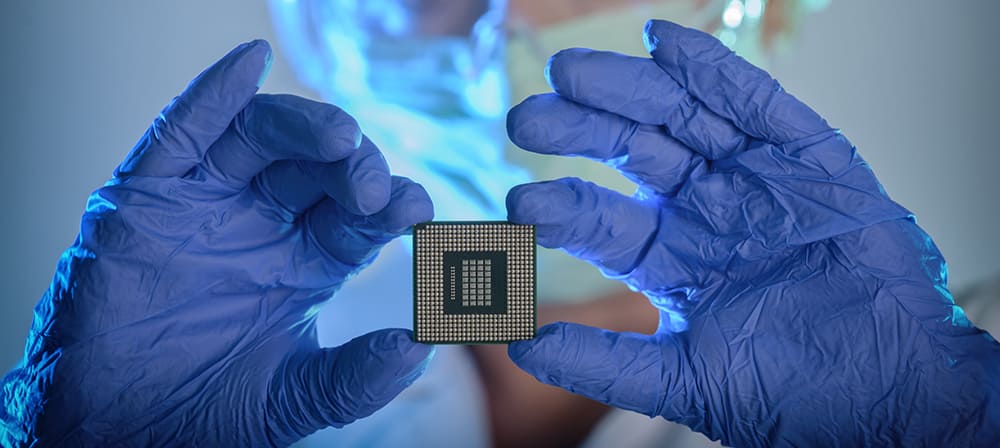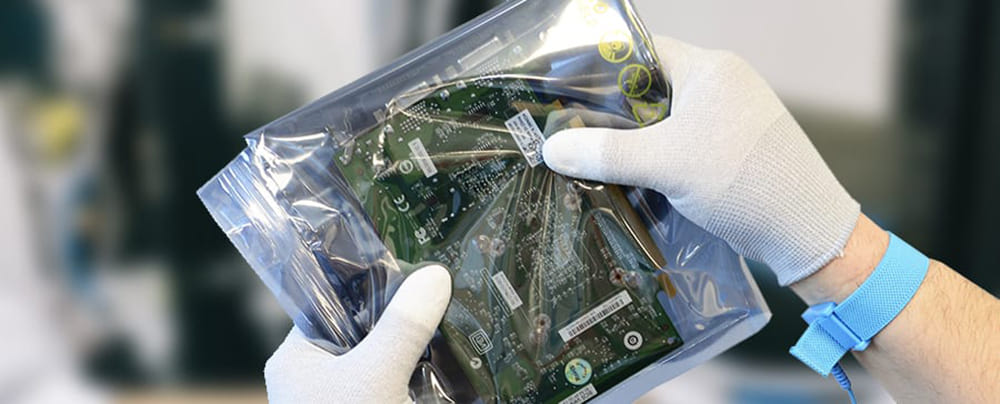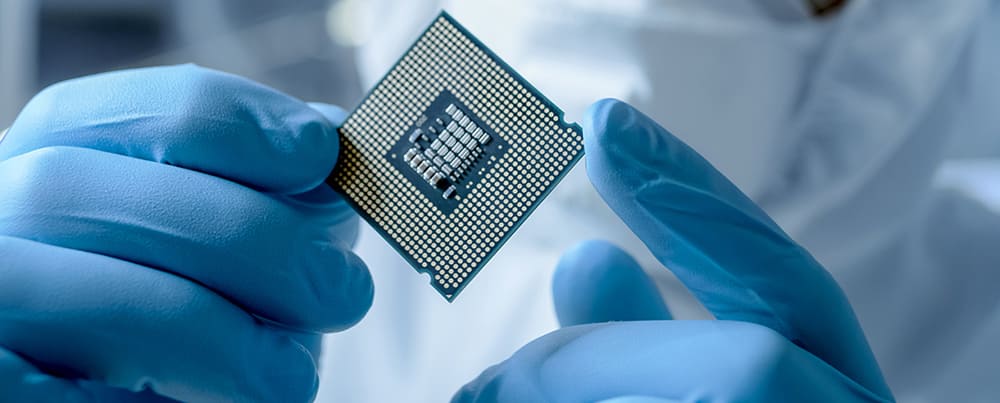Anti-Static Gloves: Keeping Electrostatic Discharge at Bay

In today's technologically advanced world, electronic devices and sensitive components are becoming increasingly prevalent. However, these devices are highly susceptible to damage caused by electrostatic discharge (ESD). To safeguard against this threat, anti-static gloves have emerged as essential protective gear. In this article, we will delve into the significance of anti-static gloves and explore their features and applications.
1、Understanding Electrostatic Discharge:
Electrostatic discharge refers to the sudden flow of electric current between two objects with different electrical potentials. It occurs when an imbalance of electric charges accumulates on the surface of an object, leading to a rapid discharge when it comes into contact with another object. ESD can cause irreversible damage to electronic components, resulting in malfunctions, reduced lifespan, and even complete failure.
2、The Role of Anti-Static Gloves:
Anti-static gloves are specifically designed to dissipate electrostatic charges from the wearer's hands, preventing ESD from occurring. These gloves are made from materials with inherent anti-static properties, such as carbon fibers or carbon-coated nylon. They create a barrier between the wearer's skin and the sensitive electronic components, effectively reducing the risk of ESD-related damage.

3、Features of Anti-Static Gloves:
◆ Conductive Material: Anti-static gloves are made from materials that facilitate the controlled dissipation of static charges. Carbon fibers or carbon-coated nylon provide a conductive path for the charges to flow through, preventing their accumulation on the glove's surface.
◆ Seamless Construction: Anti-static gloves are often seamless to eliminate any rough or protruding surfaces that could cause friction and generate static charges. This ensures a smooth and consistent flow of static electricity, reducing the risk of ESD.
◆ ESD Compliant: High-quality anti-static gloves comply with industry standards for ESD protection, such as ANSI/ESD S20.20. They undergo rigorous testing to ensure their effectiveness in preventing electrostatic discharge.

4、Applications of Anti-Static Gloves:
◆ Electronics Manufacturing: Anti-static gloves find extensive use in electronics manufacturing processes, where the handling of delicate components and assemblies is crucial. Workers wear these gloves to minimize the risk of ESD-related damage to sensitive electronic devices.
◆ Cleanroom Environments: Cleanrooms, where the manufacturing or assembly of highly sensitive products takes place, require strict control of ESD. Anti-static gloves play a vital role in preventing ESD in these environments, ensuring the integrity of the products being produced.
◆ Computer Maintenance: When working on computers or other electronic devices, wearing anti-static gloves is essential. These gloves safeguard the internal components from potential ESD damage during repairs or upgrades.
◆ Laboratory Settings: Laboratories conducting research involving sensitive electronic instruments can benefit from using anti-static gloves. They provide an added layer of protection against accidental ESD, preserving the accuracy and reliability of experimental results.
Conclusion:
Anti-static gloves have become indispensable tools for individuals working with or around electronic devices and sensitive components. By effectively dissipating electrostatic charges and preventing ESD, these gloves safeguard the integrity and reliability of electronic equipment. Whether in electronics manufacturing, cleanroom environments, computer maintenance, or laboratory settings, anti-static gloves play a vital role in mitigating the risk of ESD-related damage, ensuring the smooth functioning of our technologically driven world.










